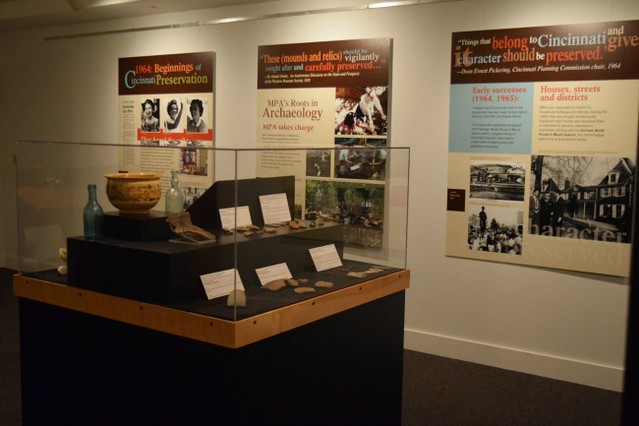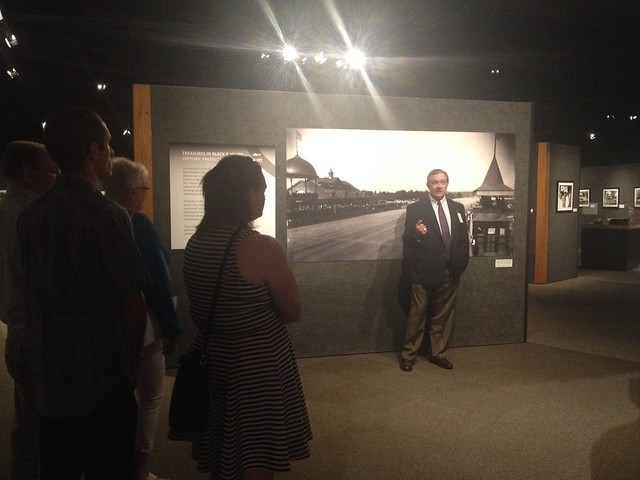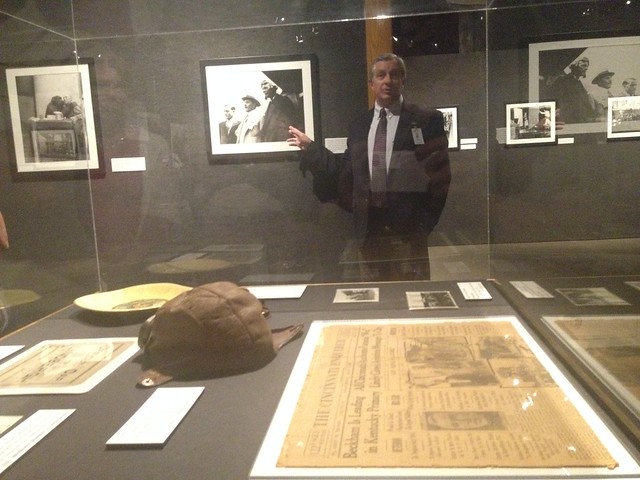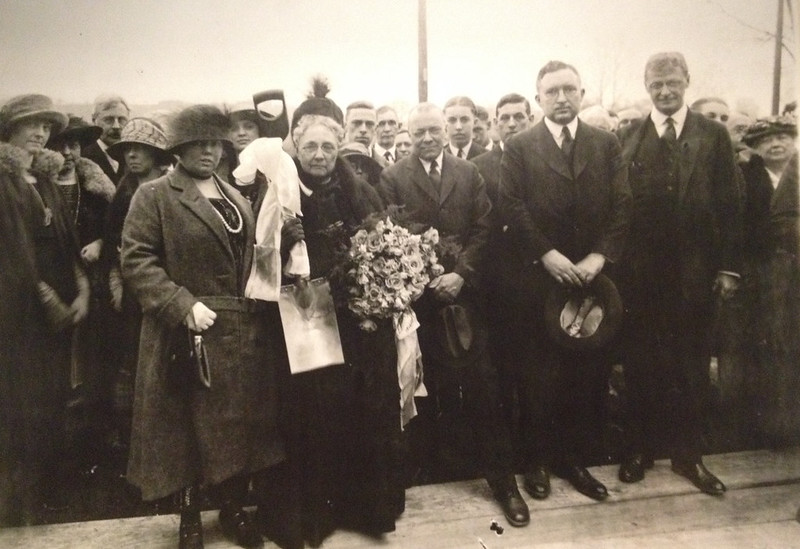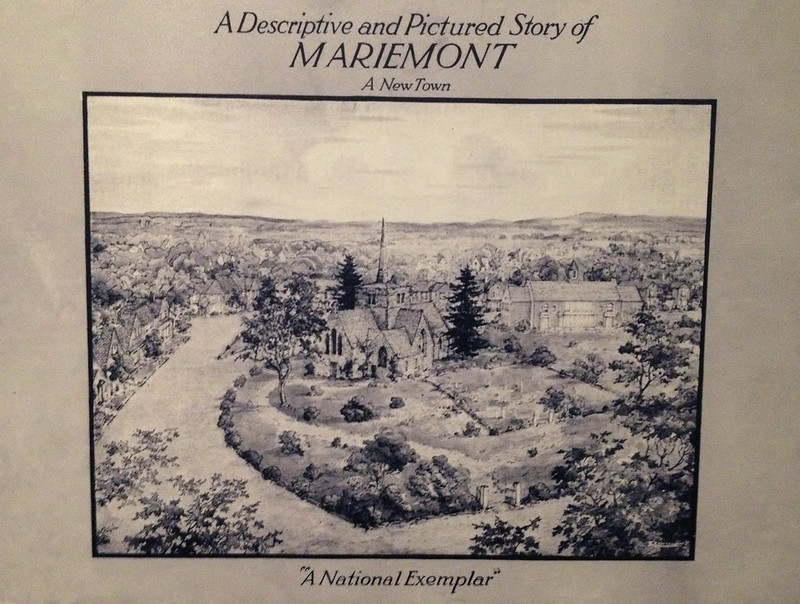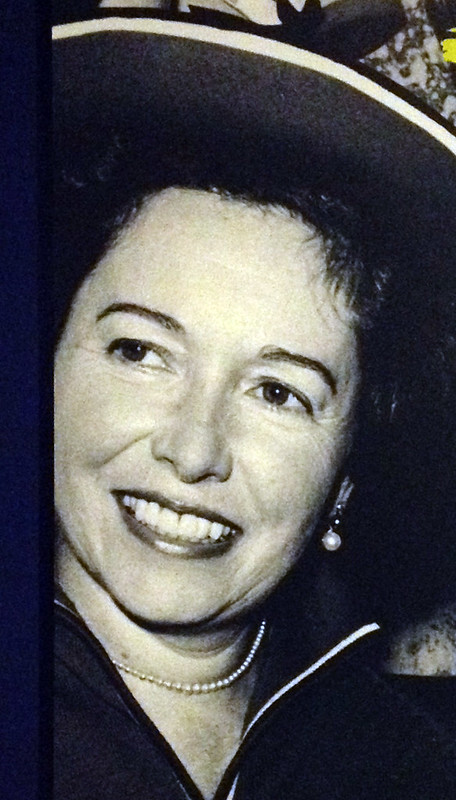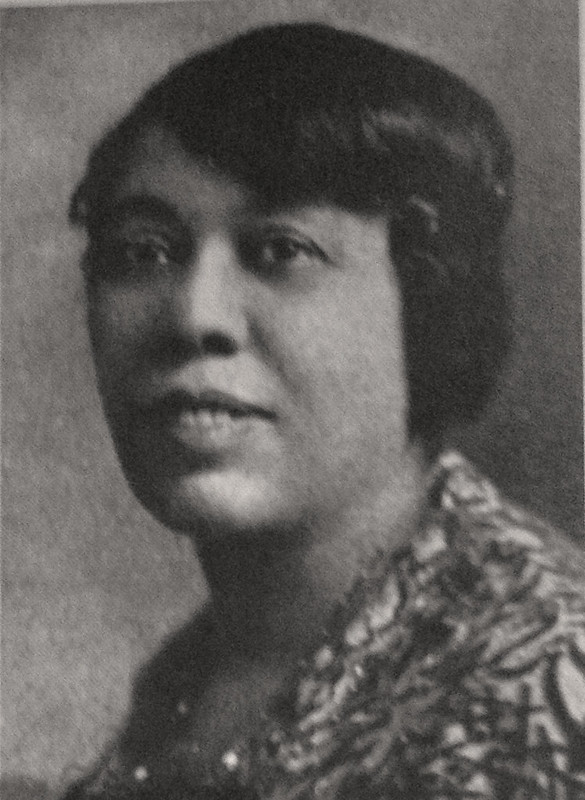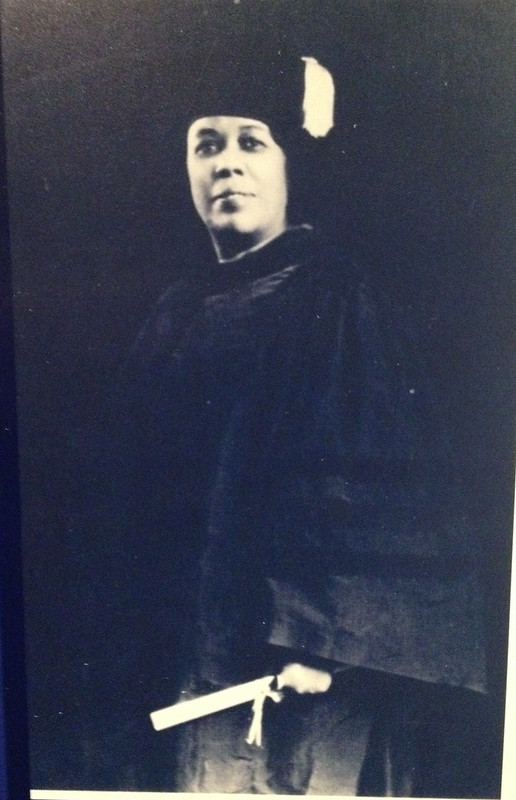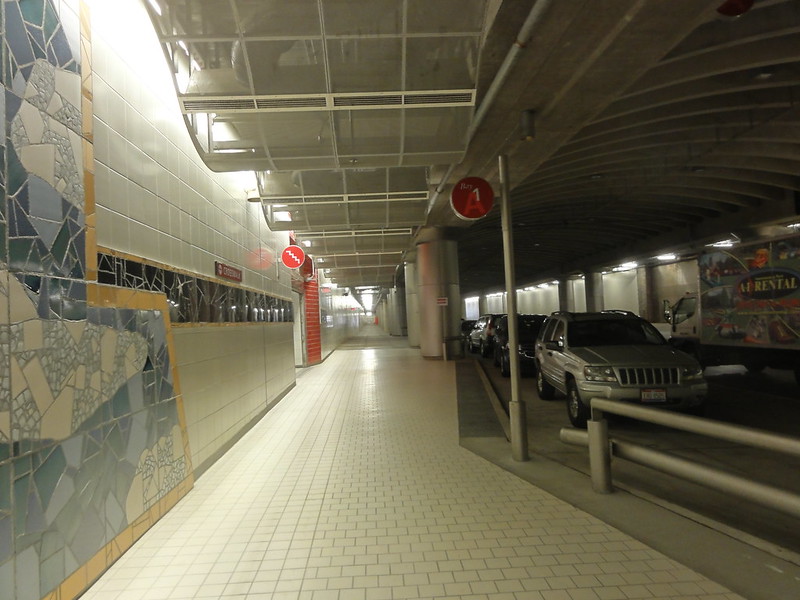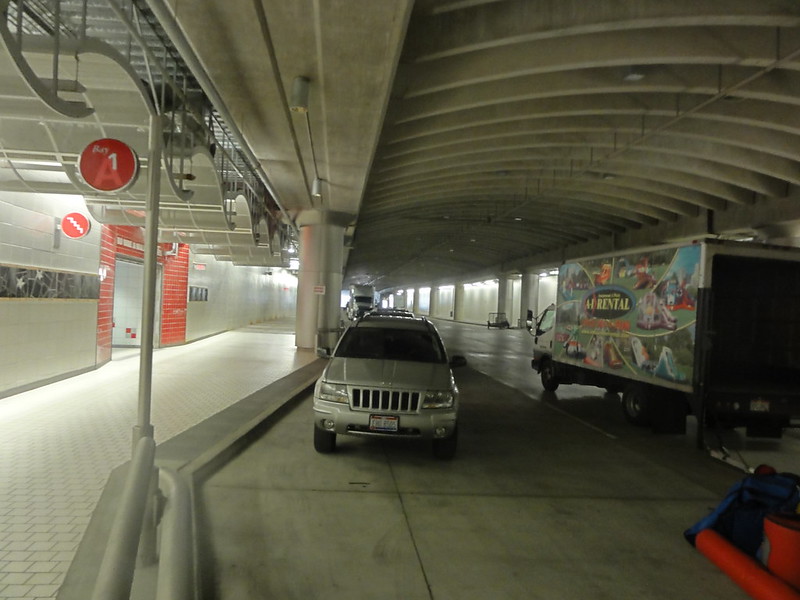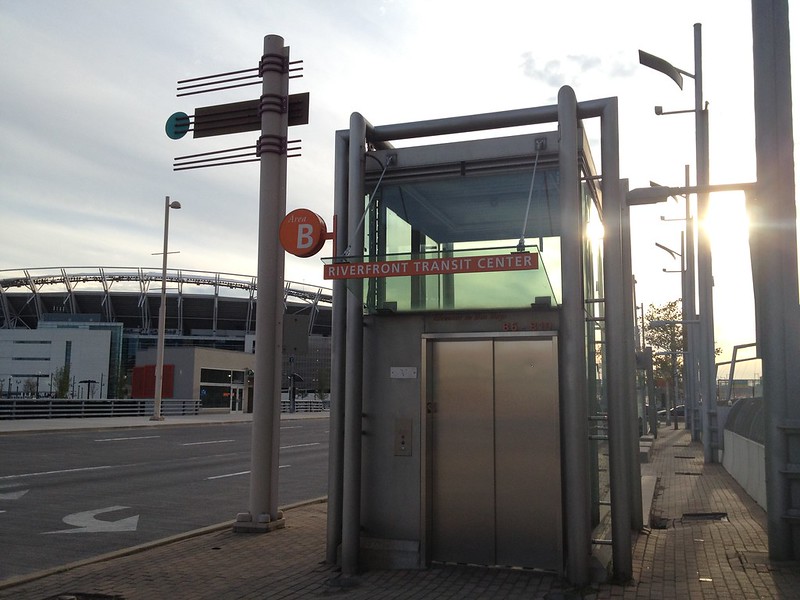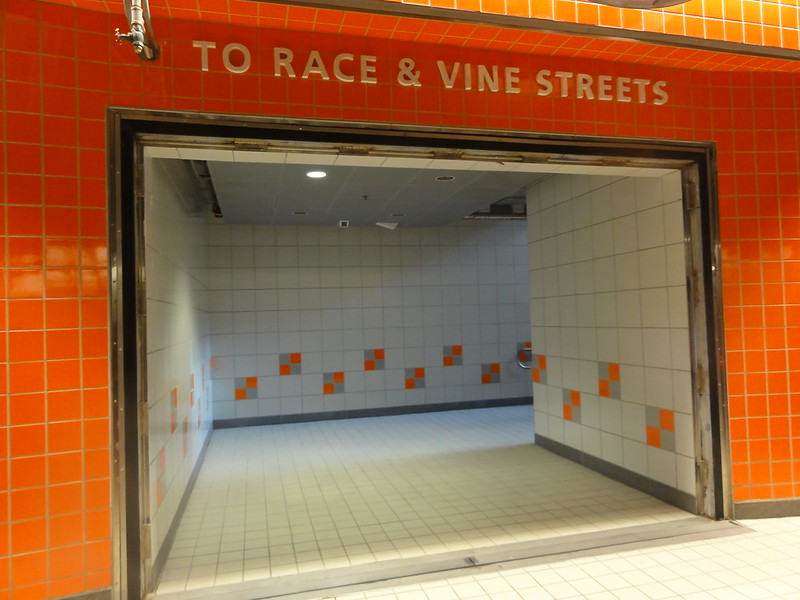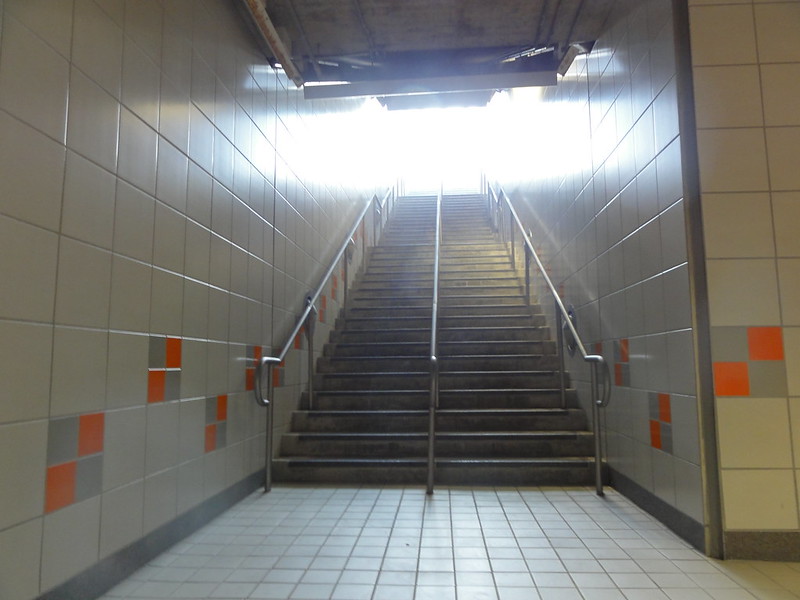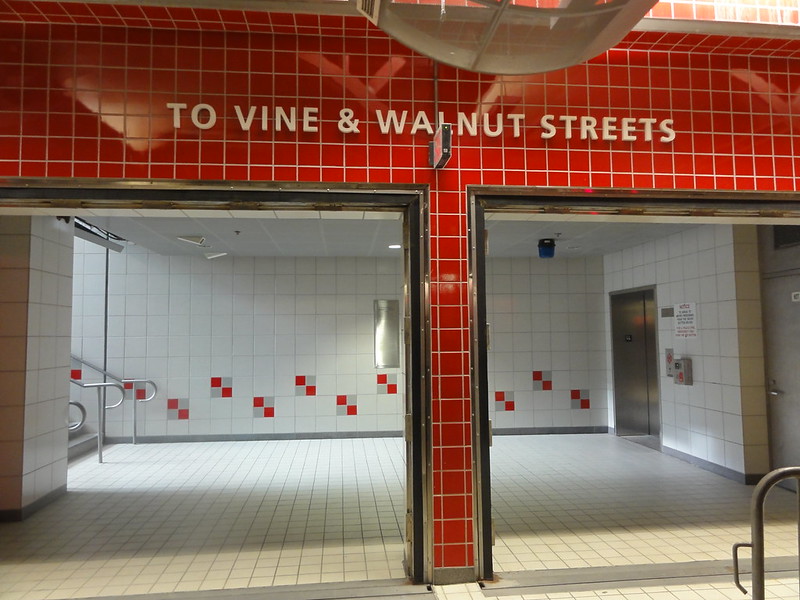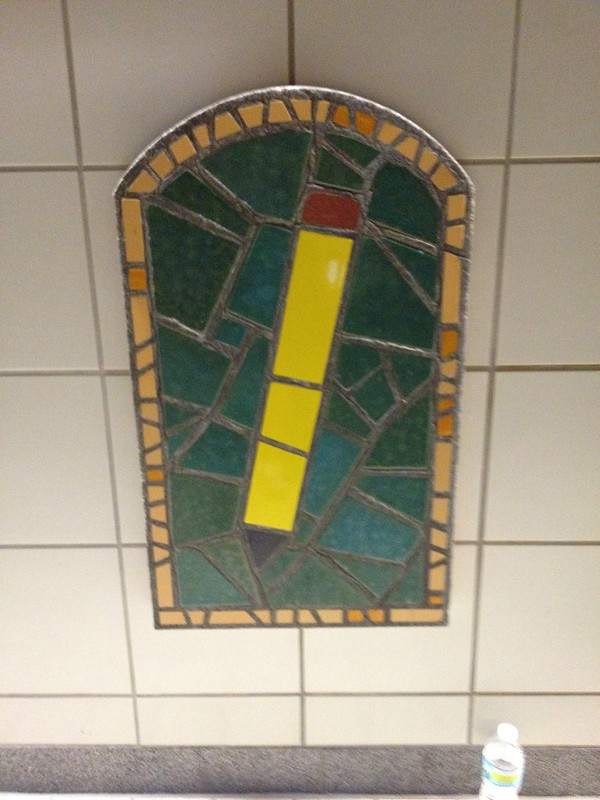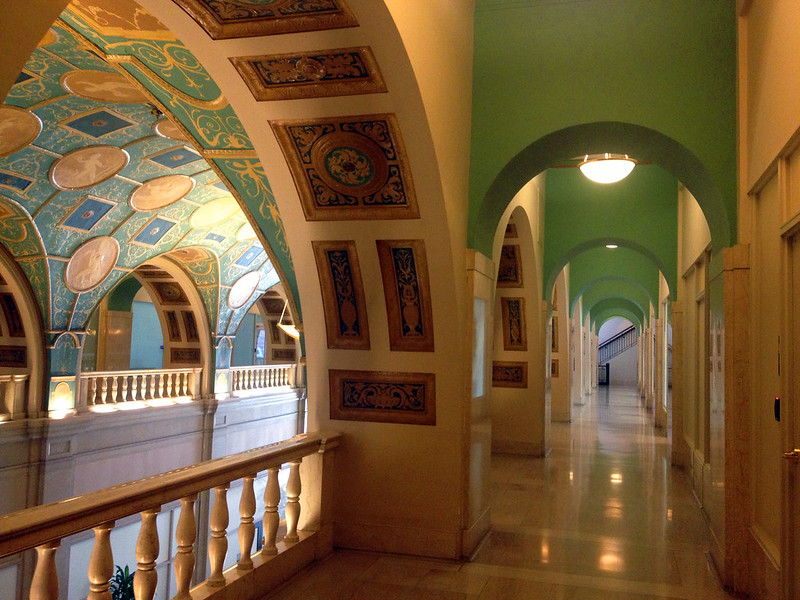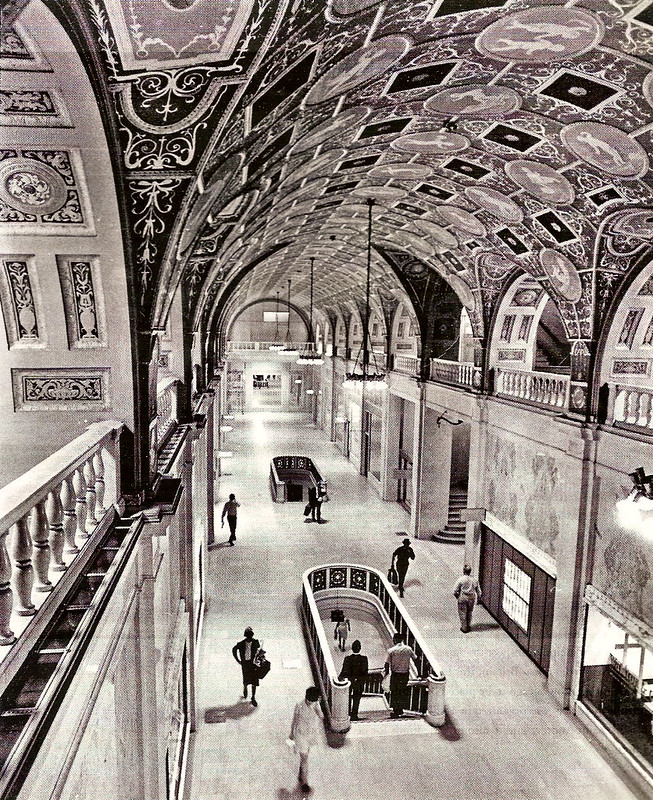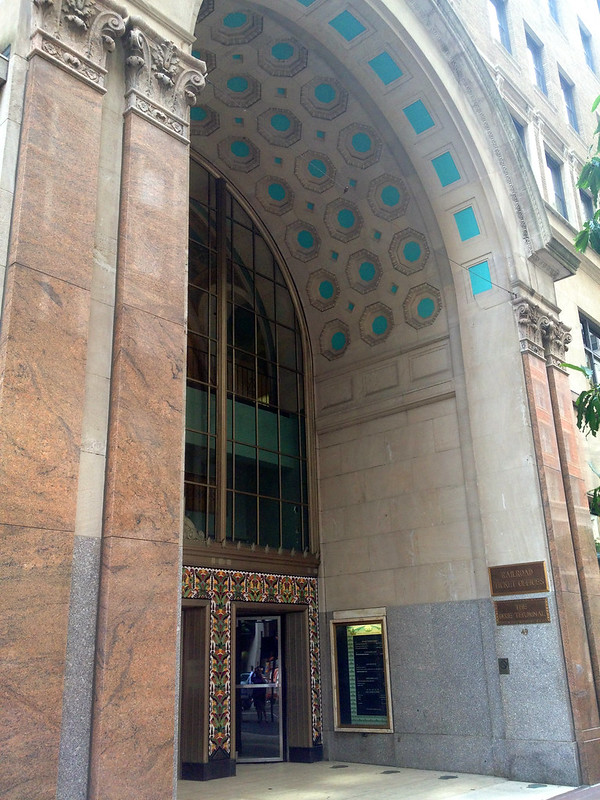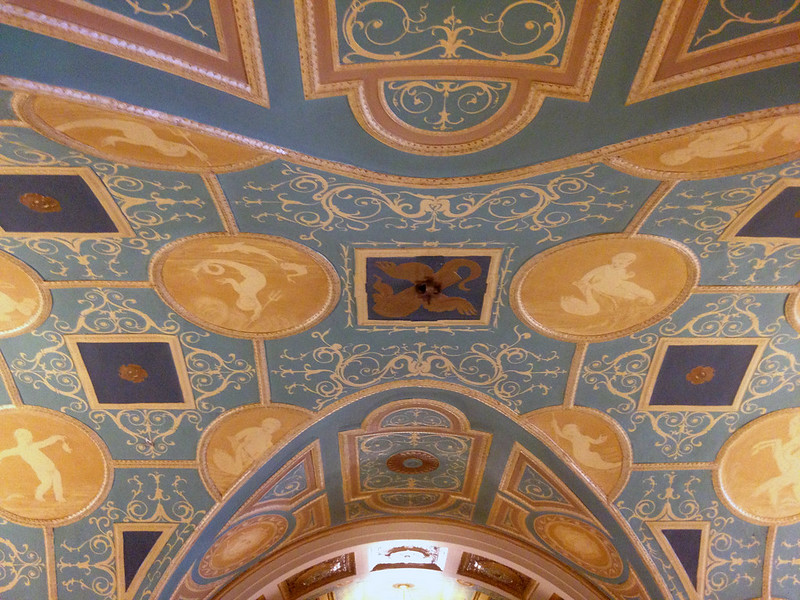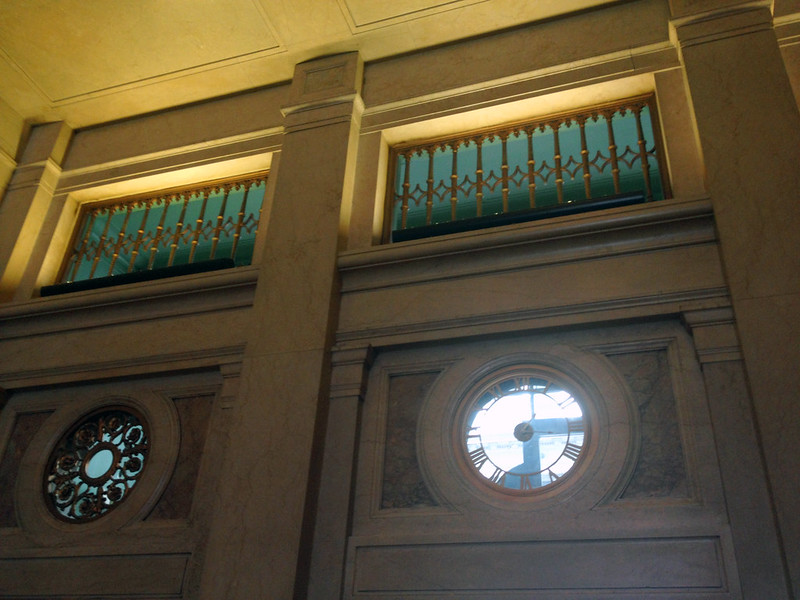Cincinnati Museum Center recently unveiled its latest local exhibit,
Daughters of the Queen City, to compliment its main exhibit about the life and artifacts of Princess Diana. The one room gallery was just as impressive as the traveling feature on the Princess. The
Daughters collection illustrates a sampling of philanthropic efforts by Cincinnati women from the 1850s-1960s, highlighting both women's organizations as well as 10 well-known leading ladies of the city. Over the next several weeks, CincyWhimsy will be highlighting some of the fascinating stories we learned about Cincinnati ladies in a series,
Women Wednesday, in honor of Women's History Month which takes place in March.
We're getting a head start in February in combination with Black History Month by beginning with stories of African American women from Cincinnati:
 |
| Photo courtesy of Cincinnati Museum Center |
Established as the original circle of nine friends in Philadelphia in 1946,
The Links, Incorporated is a premiere national women's volunteer service organization committed to enriching, sustaining and ensuring the cultural and economic survival of African Americans and other persons of African ancestry.
Cincinnati women who understood the need to assume civic, cultural and social responsibilities in their community formed the Cincinnati Chapter of The Links, Incorporated on March 30, 1950, becoming the 17th chapter inducted into the Links Chain of Friendship. The chapter established an exemplary record of philanthropy both locally and internationally. In the 1950s, the first Cincinnati Chapter fundraiser provided funding for Camp Joy, the first integrated camp for children in the city. For nearly 45 years, the chapter presented the couture Ebony Fashion Fair with proceeds benefiting the building of the first The Links, Incorporated School in Africa, community service agencies, collegiate scholarships, and the chapter's community programs.
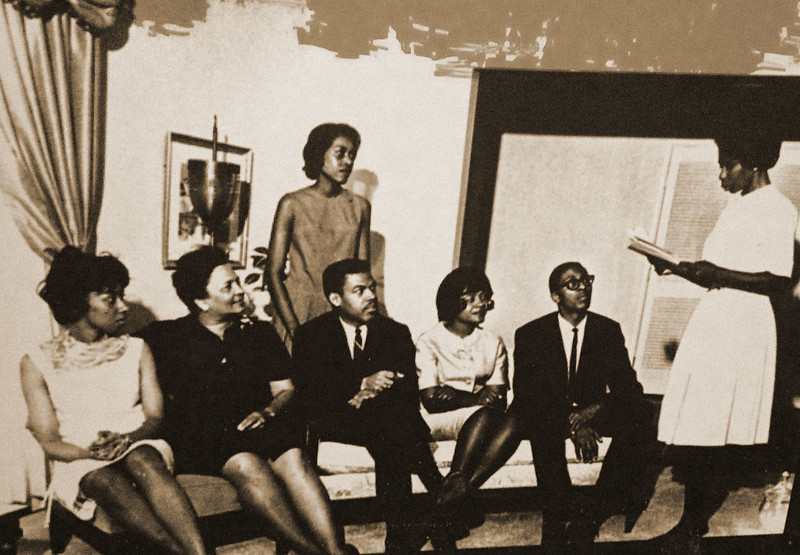 |
| Photo courtesy of Cincinnati Museum Center |
Charter members included Vivian Beamon, Johnnie Mae Berry, Reber Cann, Margaret Clarke, Ethel Caliman Deal, Vera Edwards, Camille Hood, Ruth Hubbard, Evelyn Jones, Laura Lovelace, Odessa Simms, and Mary Weatherly. Vivian Beamon served as National President and is credited with developing the concept of The Links Foundation, Incorporated and the adoption of The Arts as a programmatic focus. Margaret Hough was the first National Director of The Arts, followed by Yvonne Robertson.
The Cincinnati Chapter programs have left an indelible and transformational impact upon the greater Cincinnati community.
To learn more about the influential women of Cincinnati, check out the Daughters of the Queen City exhibit at Cincinnati Museum Center.



